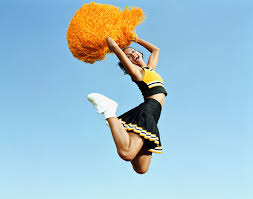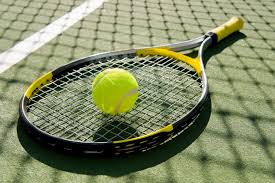Class Sizes
School class sizes differentiate, but what might cause these differences to happen? And how might they affect learning and teaching? We asked students and teachers at Wauconda High School what factors might lead to different classes being different sizes. We also asked what some pros and cons were of both smaller and bigger sized classes as well as how different sized classes may affect learning and teaching.
Oftentimes, class sizes vary on the subject that is being taught in that classroom. That is what many teachers and students responded when asked what they thought led to different classes having a different amount of students in them. “The bigger the class size compared to the teacher ratio, it might impact [learning] negatively,” says Leila Gaile, a junior at WHS. “different students need a certain amount of attention.” Sophomore Ysy Baker agrees with the statement, saying “Whenever there’s a larger class, it’s harder to control them.”
We asked what the pros and cons of a smaller class might be. “You get to know the student really well in a small class. You learn more about them and get to talk to them more often,” says Mr. Wildeboer, a physics teacher. “A con for a smaller class is that it’s nice to have a lot of different types of people in a class, and sometimes in a smaller class, you don’t get that.”
Class sizes depend on several factors, and while many people have different interests, different classes allow different students to meet. Having a variety of students allows for a teacher to expand their horizons.
Your donation will support the student journalists of Wauconda High School. Your contribution will allow us to purchase equipment and cover our annual website hosting costs.





















